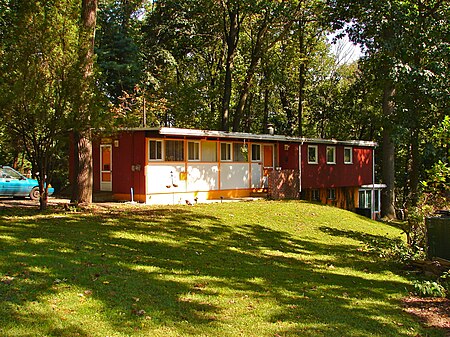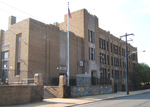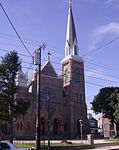Greenbelt Knoll
Historic districts on the National Register of Historic Places in PennsylvaniaHistory of racial segregation in the United StatesHouses in PhiladelphiaHouses on the National Register of Historic Places in PennsylvaniaLouis Kahn buildings ... and 7 more
Modernist architecture in PennsylvaniaNRHP infobox with nocatNational Register of Historic Places in PhiladelphiaNortheast PhiladelphiaPennsylvania state historical marker significationsPhiladelphia Register of Historic PlacesPlanned communities in the United States

Greenbelt Knoll is a residential development in the Northeast section of Philadelphia, Pennsylvania. Planned and built from 1952 to 1957, it is notable as the first planned racially integrated development in Philadelphia and among the first in the United States. The developer, Morris Milgram, a leader of the open housing movement, required that 55 percent of the homes be sold to whites, and 45 percent to non-whites. The first house sold in 1956 for $20,000. The isolated little neighborhood included its own swimming pool, which was filled in circa 1985, leaving no trace above ground.
Excerpt from the Wikipedia article Greenbelt Knoll (License: CC BY-SA 3.0, Authors, Images).Greenbelt Knoll
Longford Street, Philadelphia
Geographical coordinates (GPS) Address Nearby Places Show on map
Geographical coordinates (GPS)
| Latitude | Longitude |
|---|---|
| N 40.0563 ° | E -75.0221 ° |
Address
Longford Street 2
19136 Philadelphia
Pennsylvania, United States
Open on Google Maps






